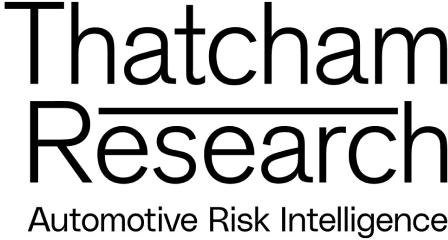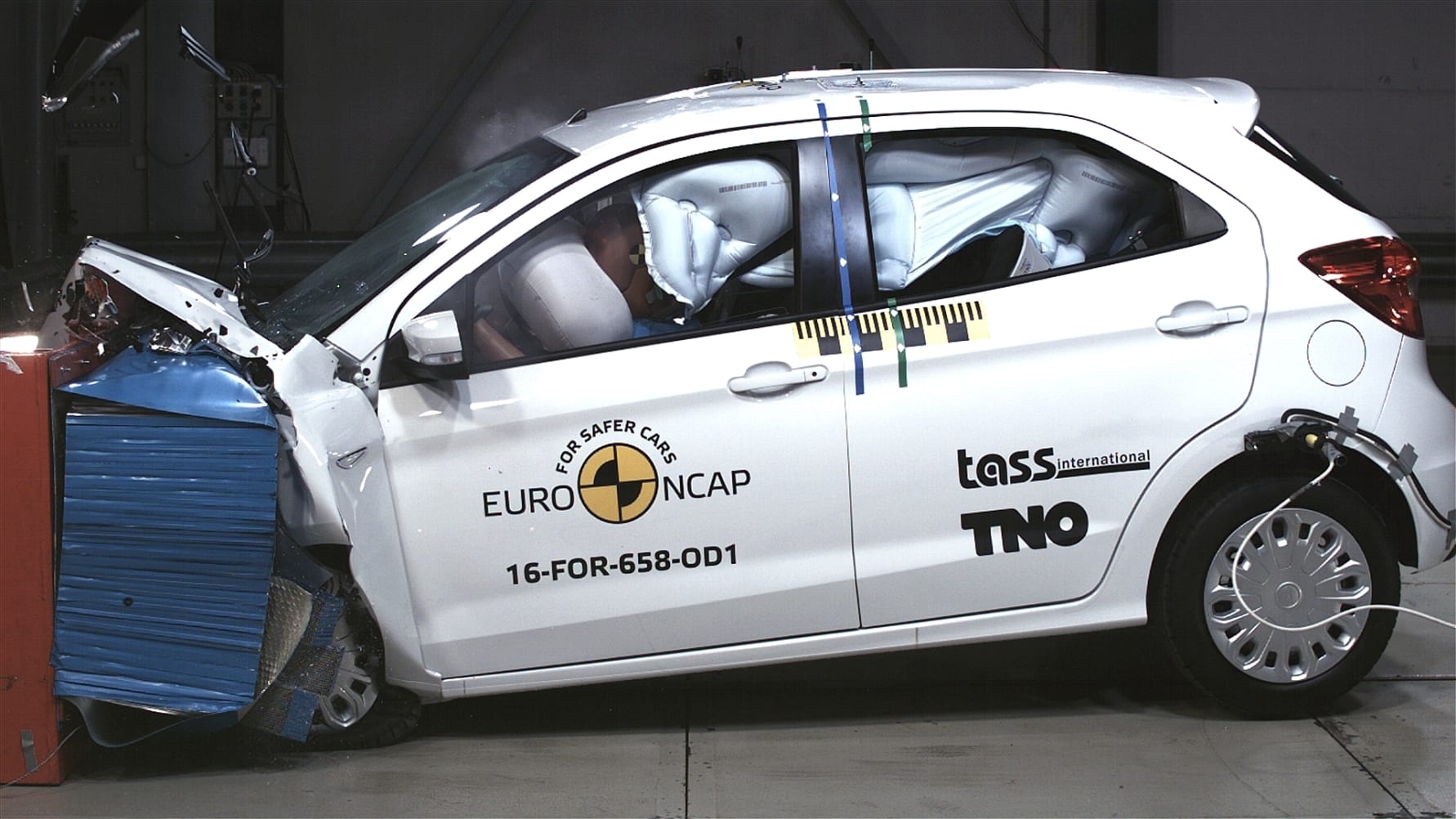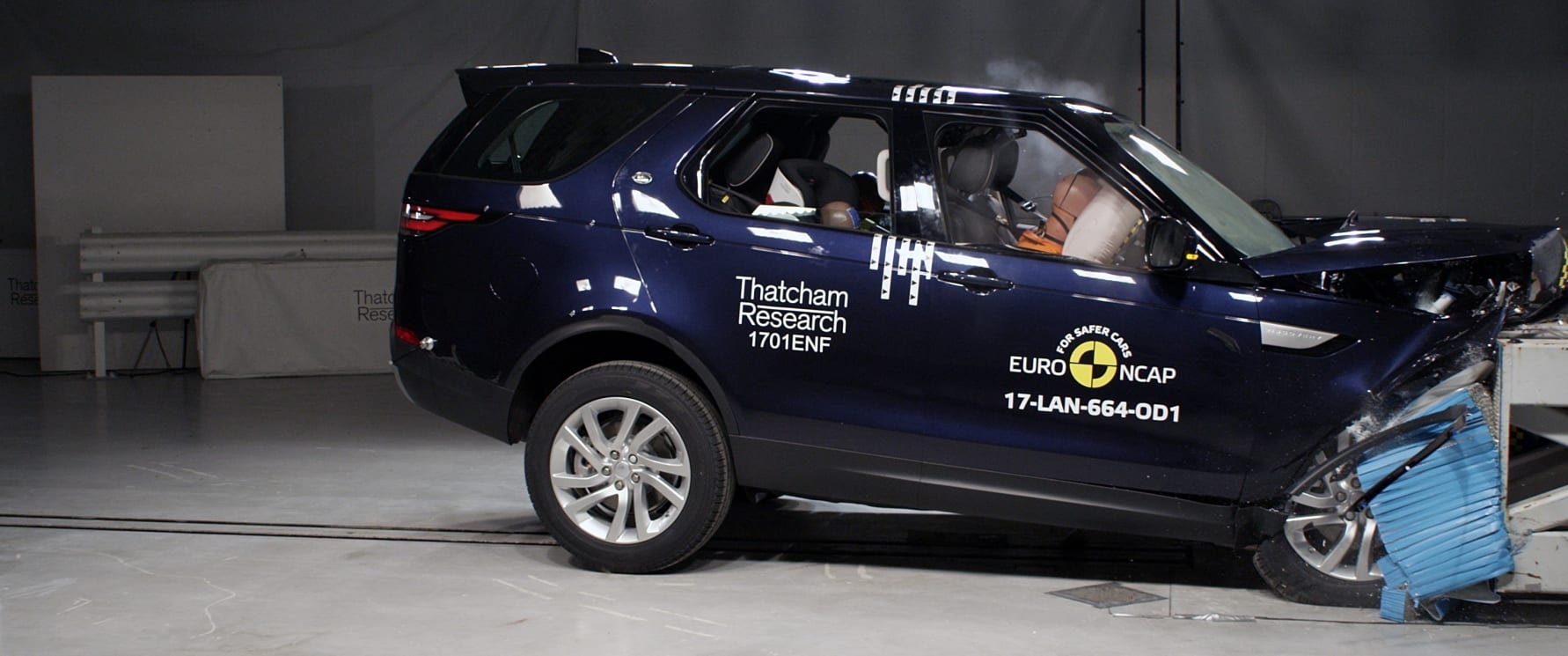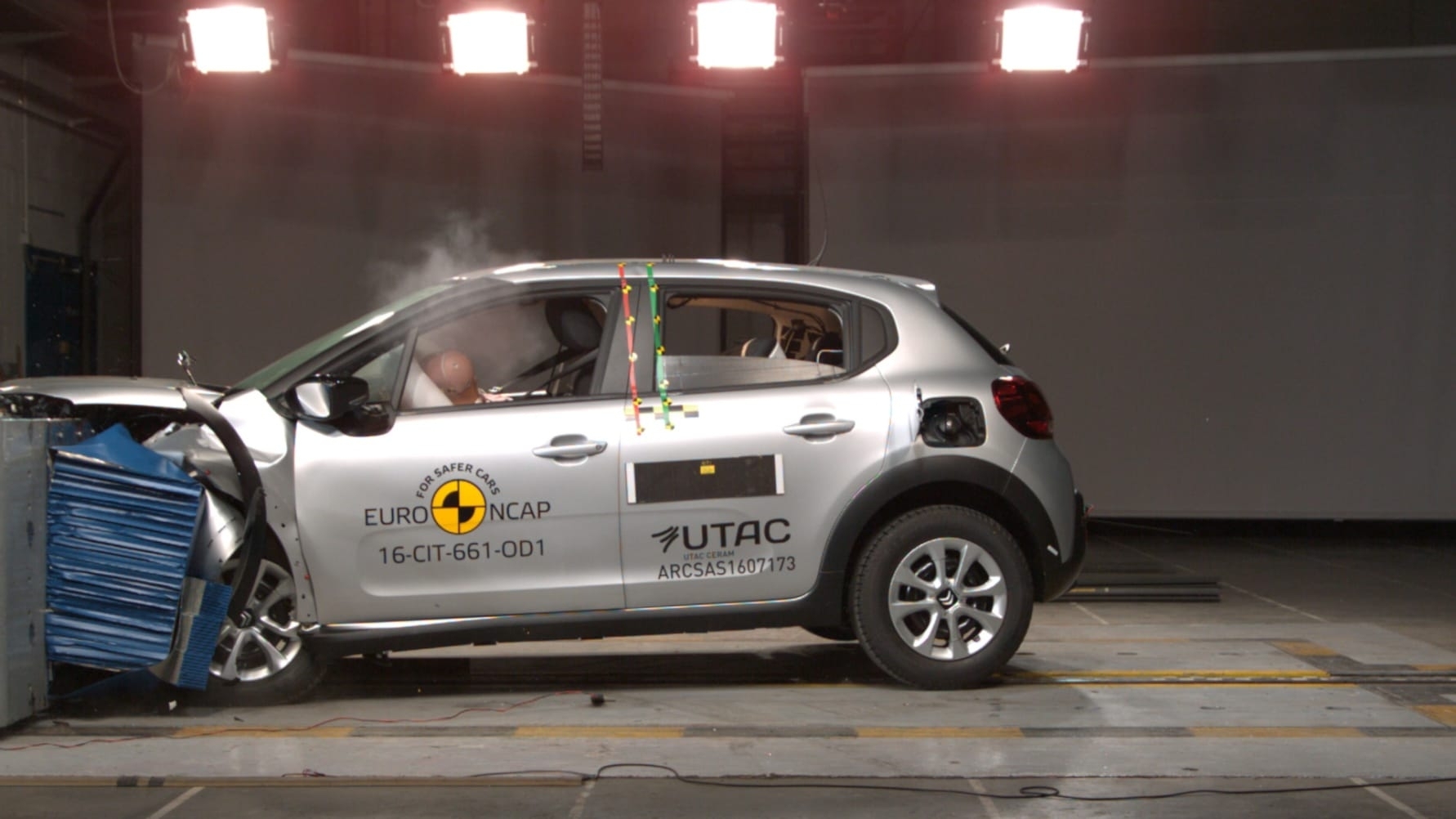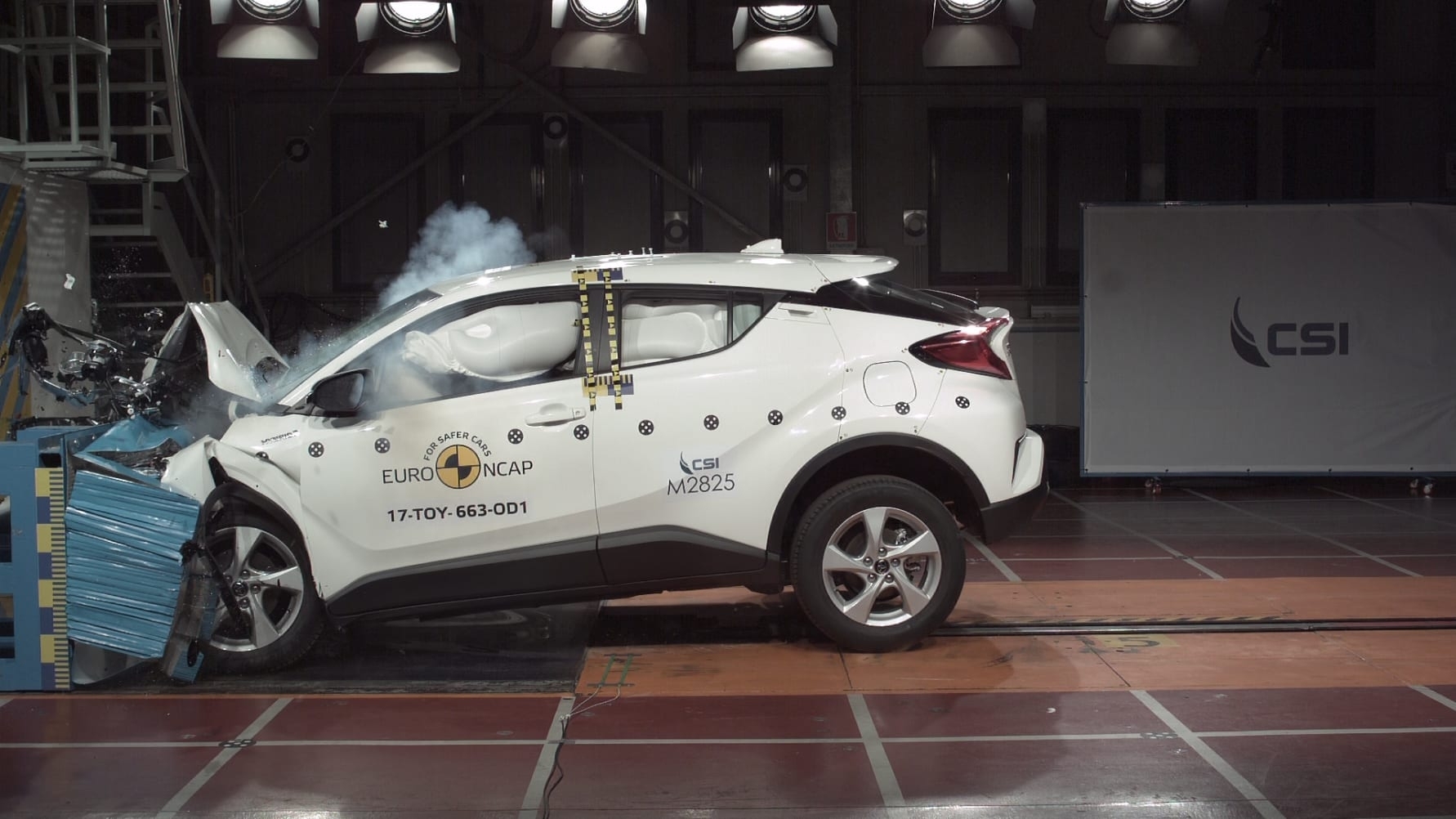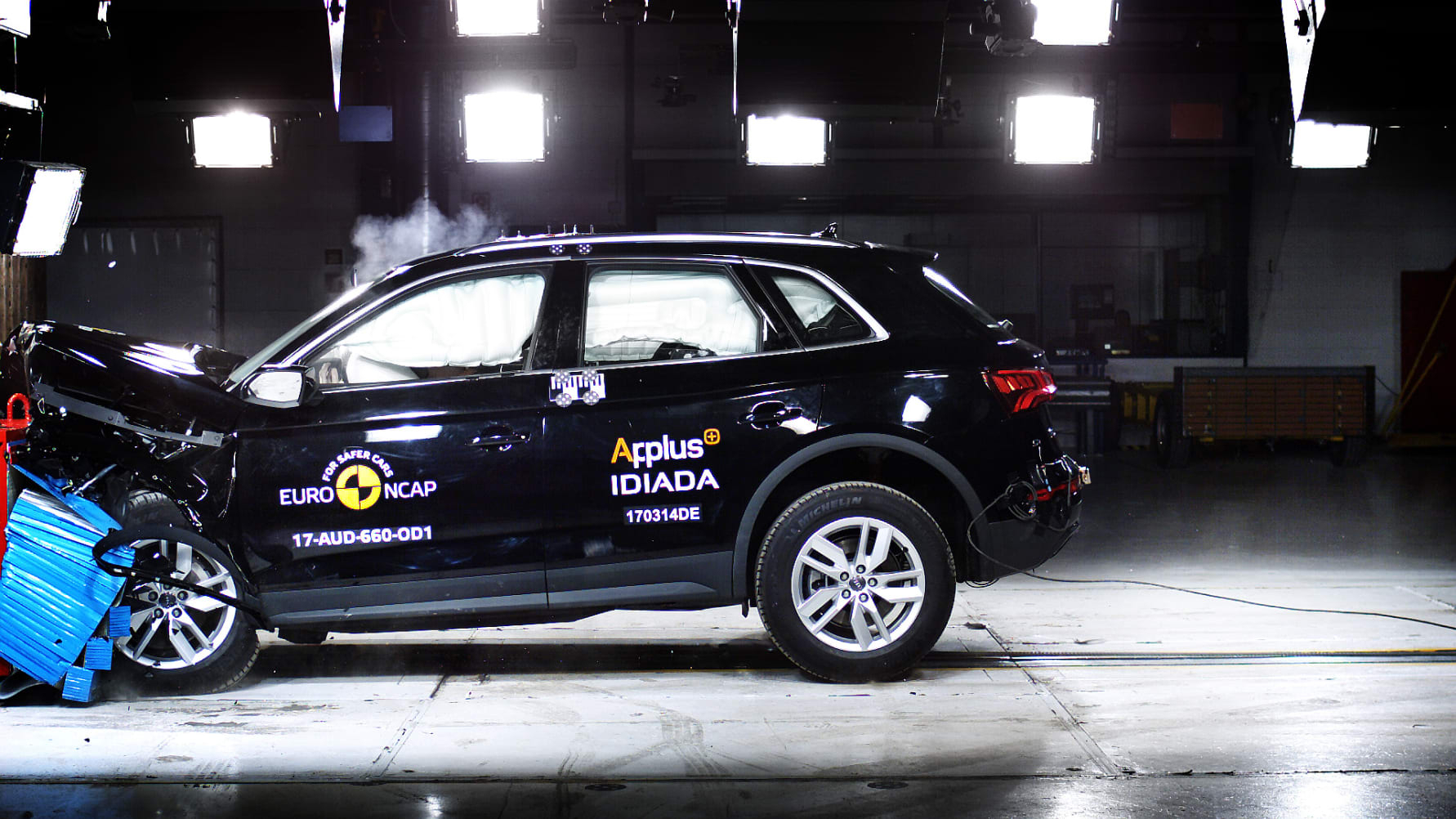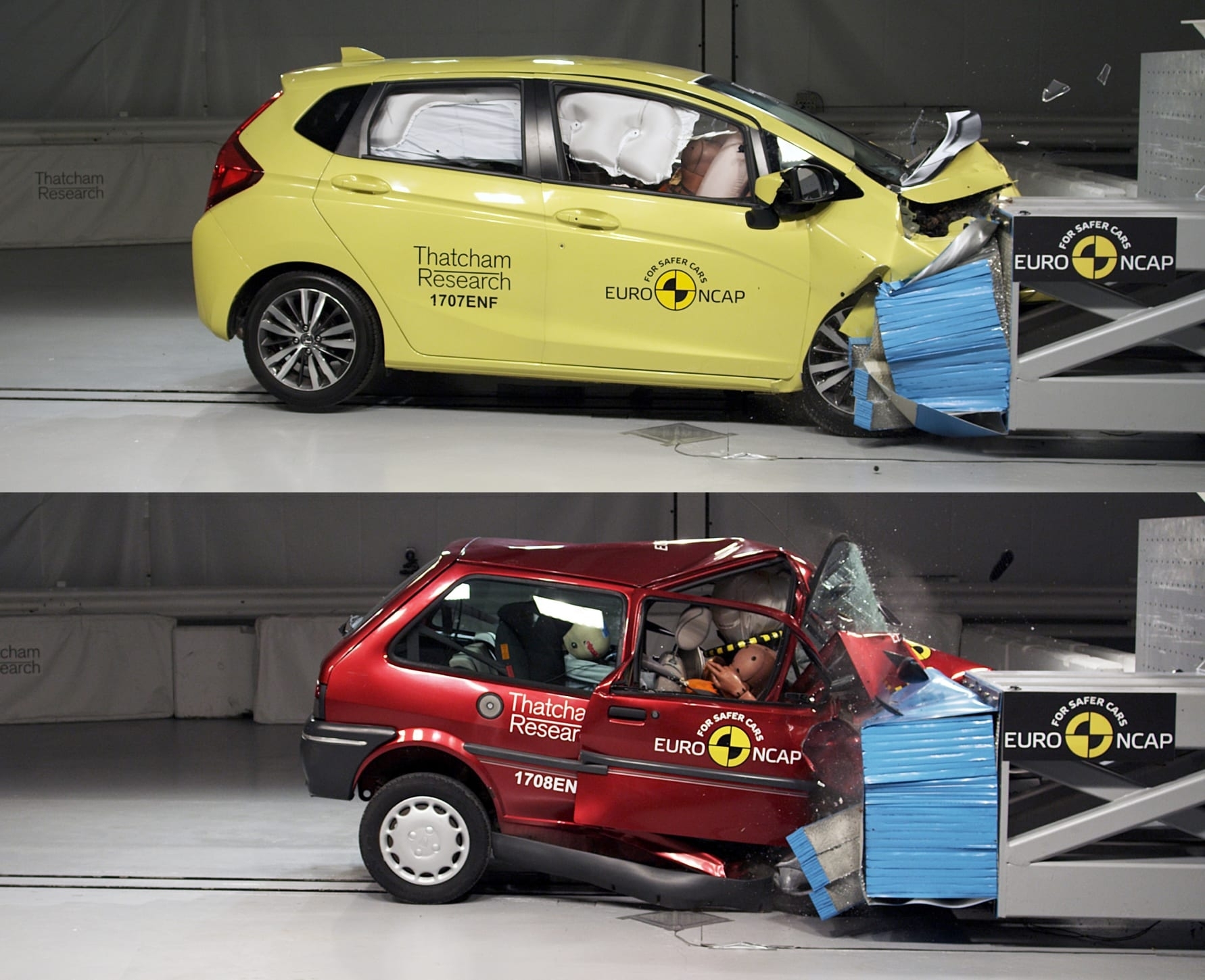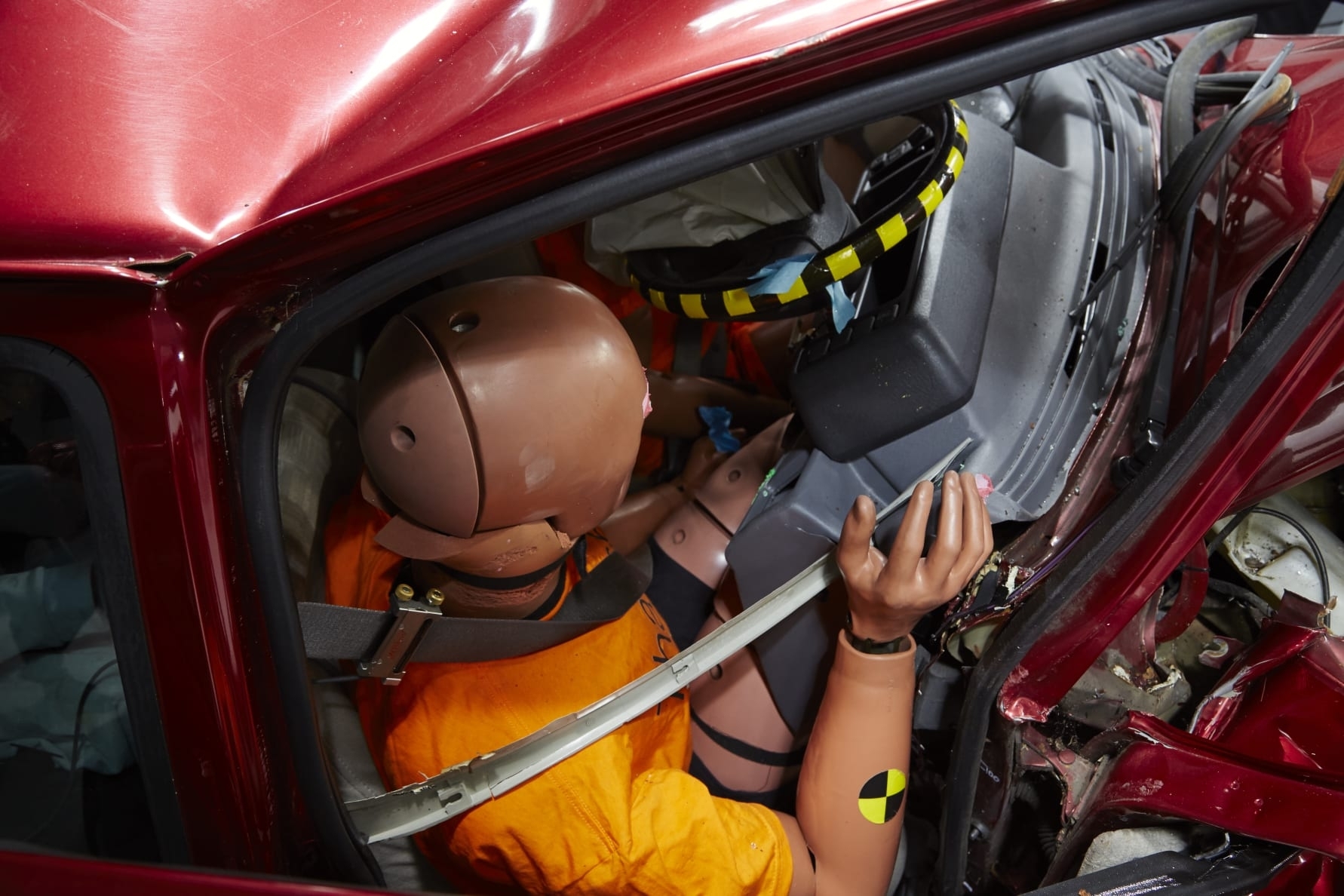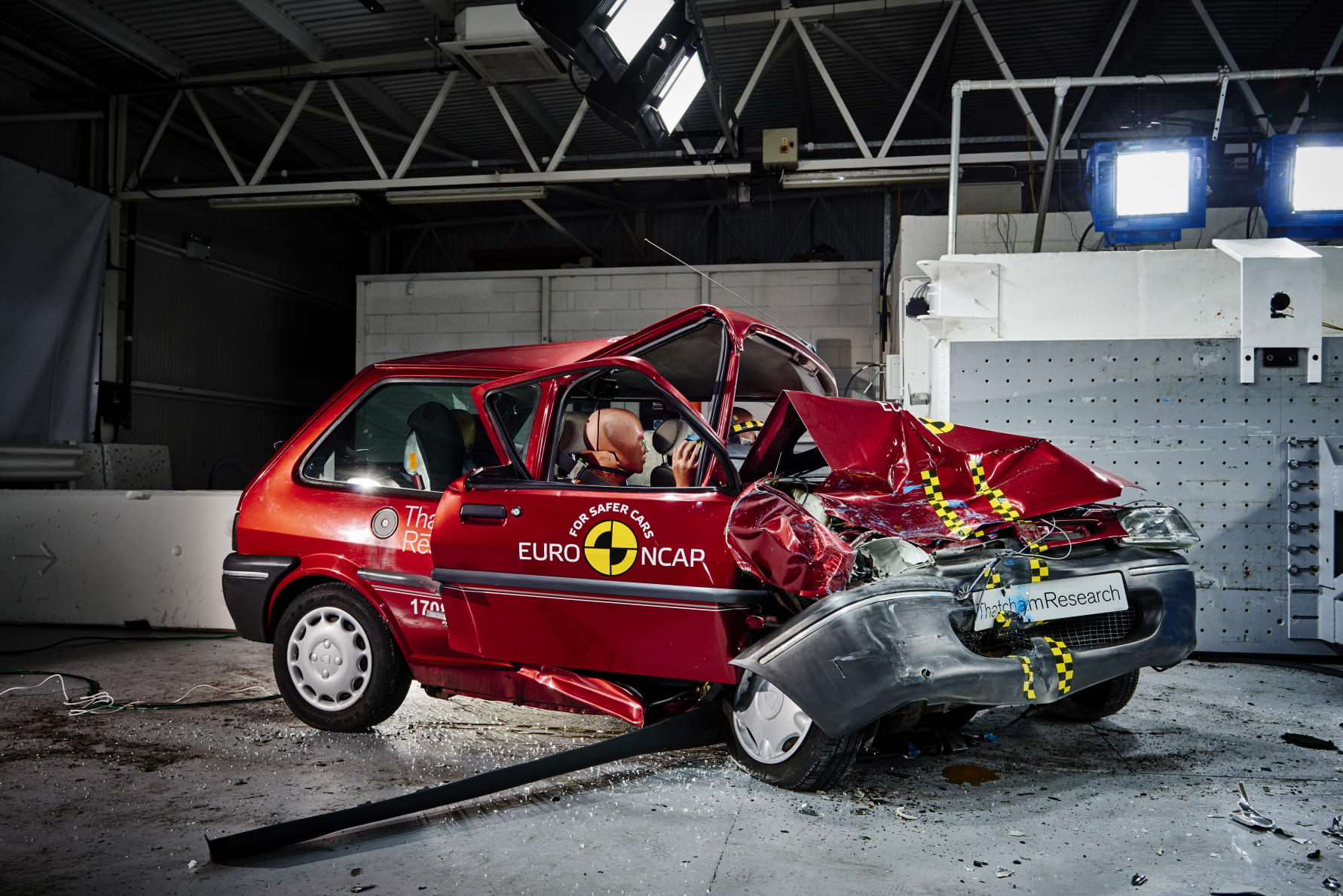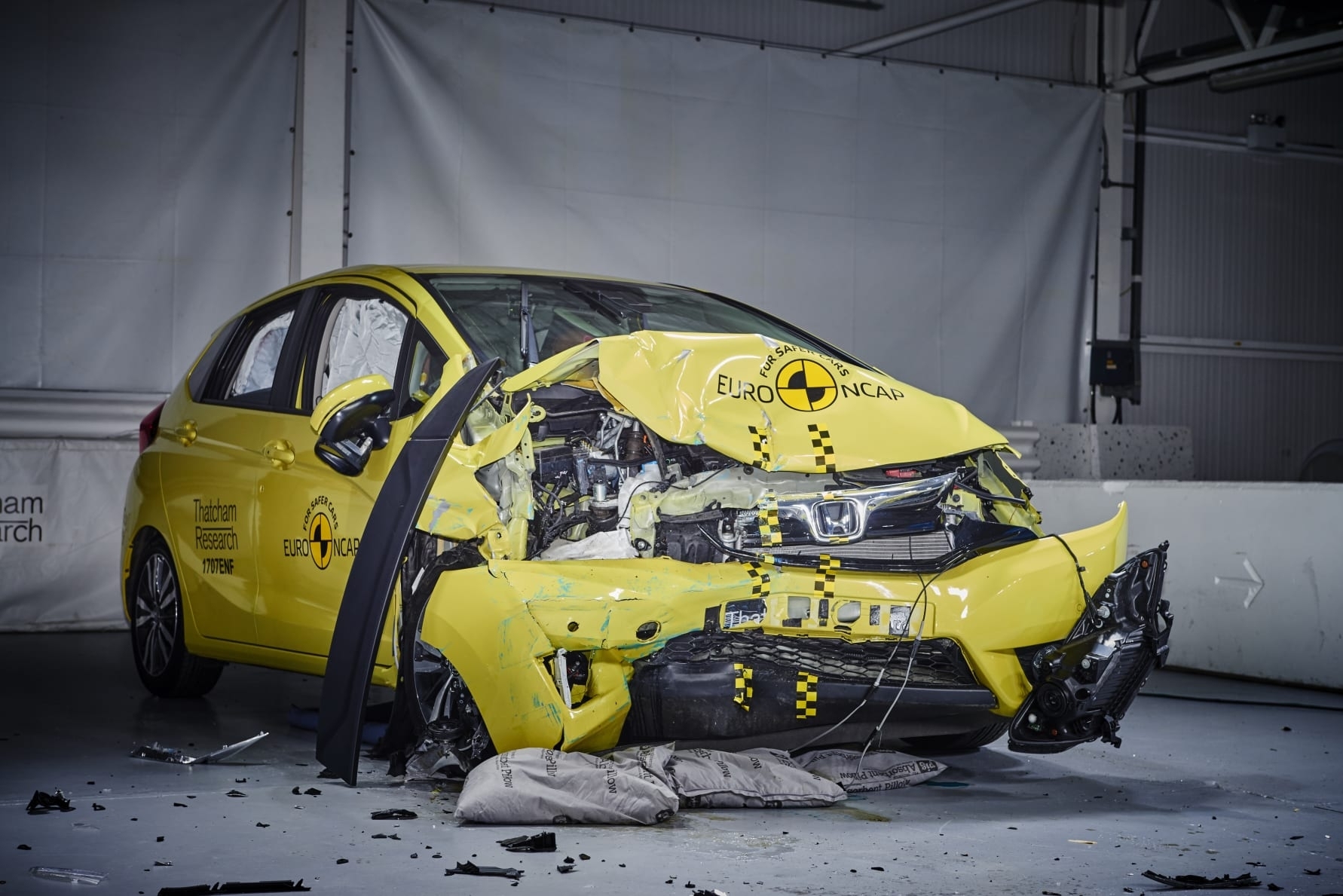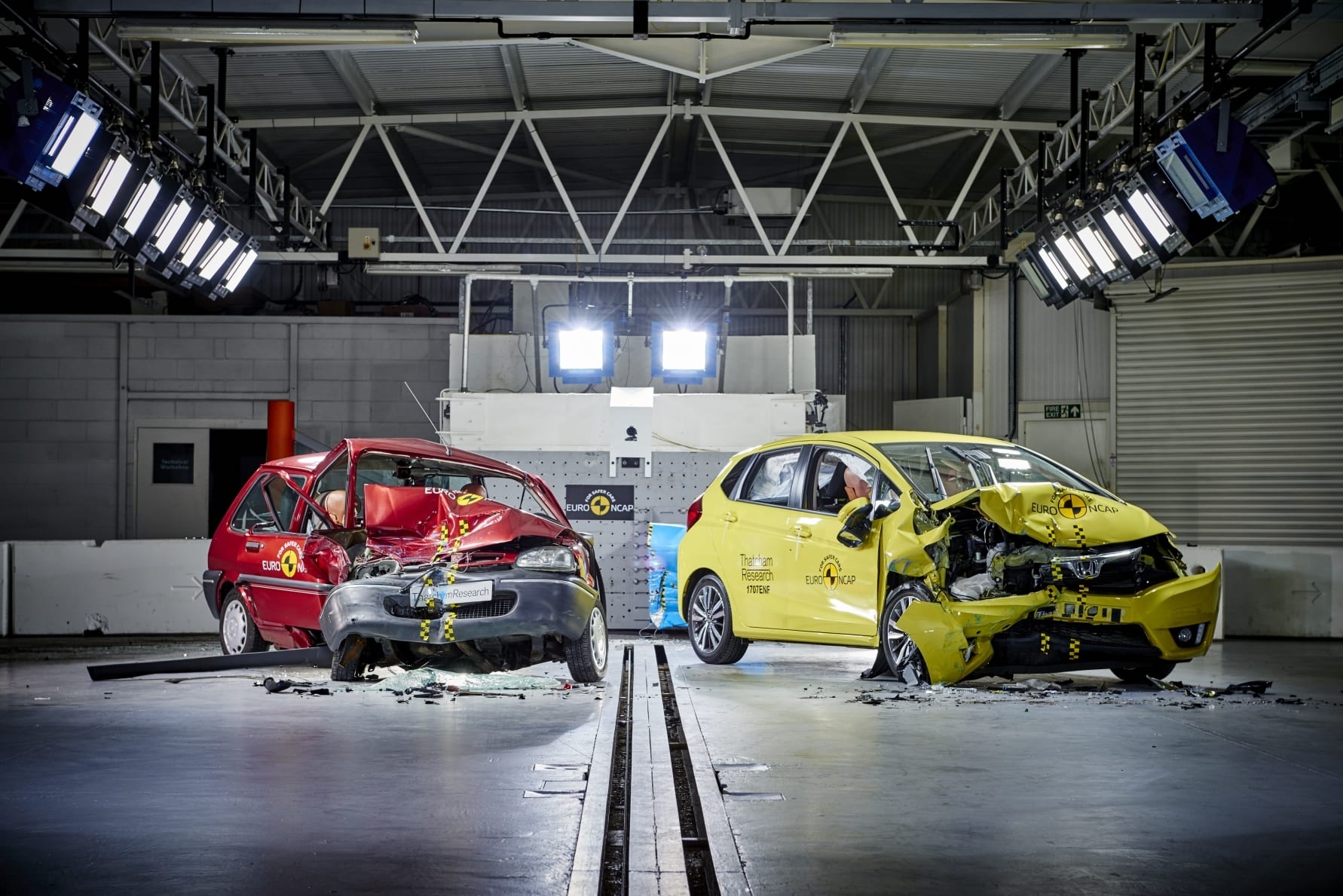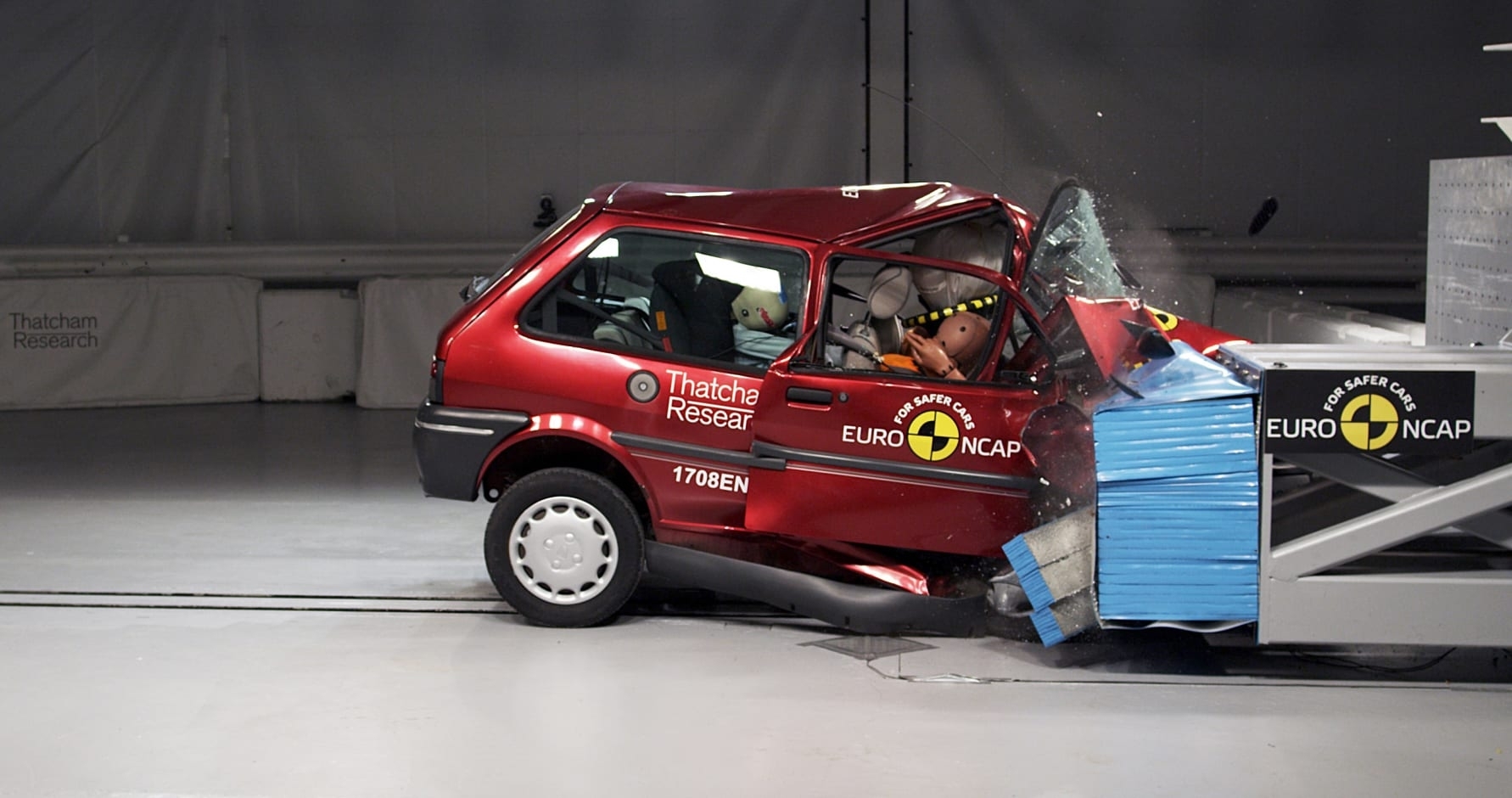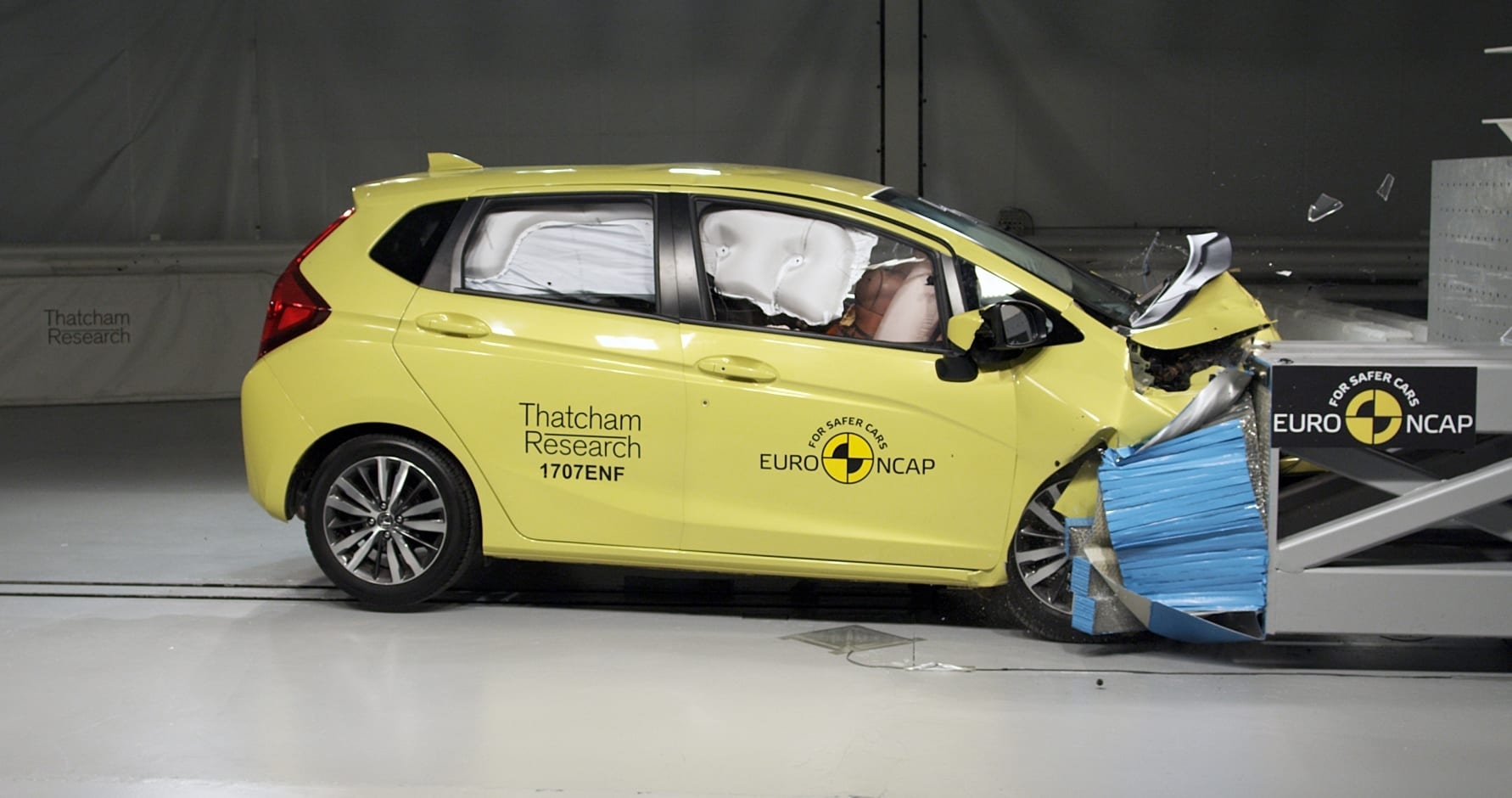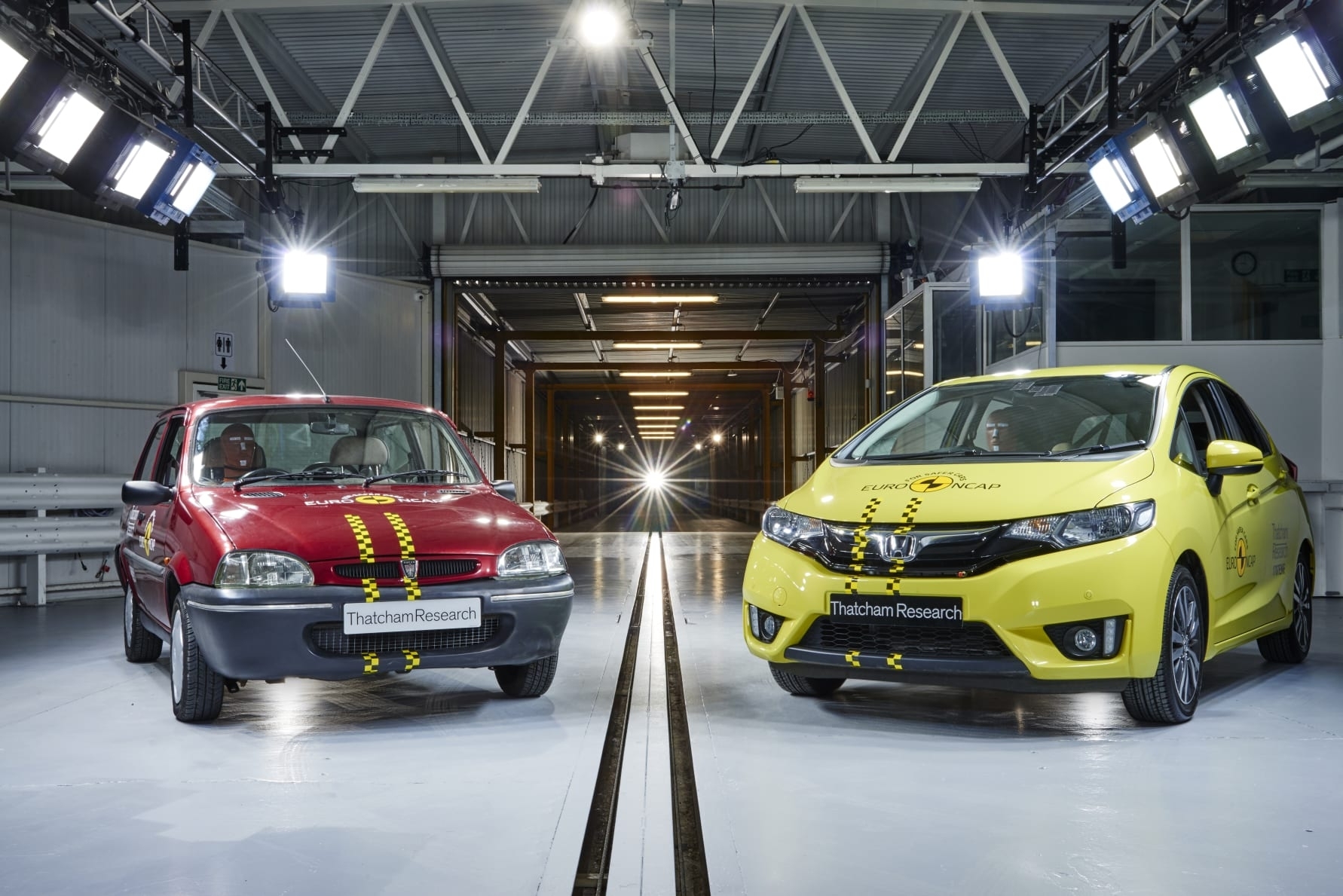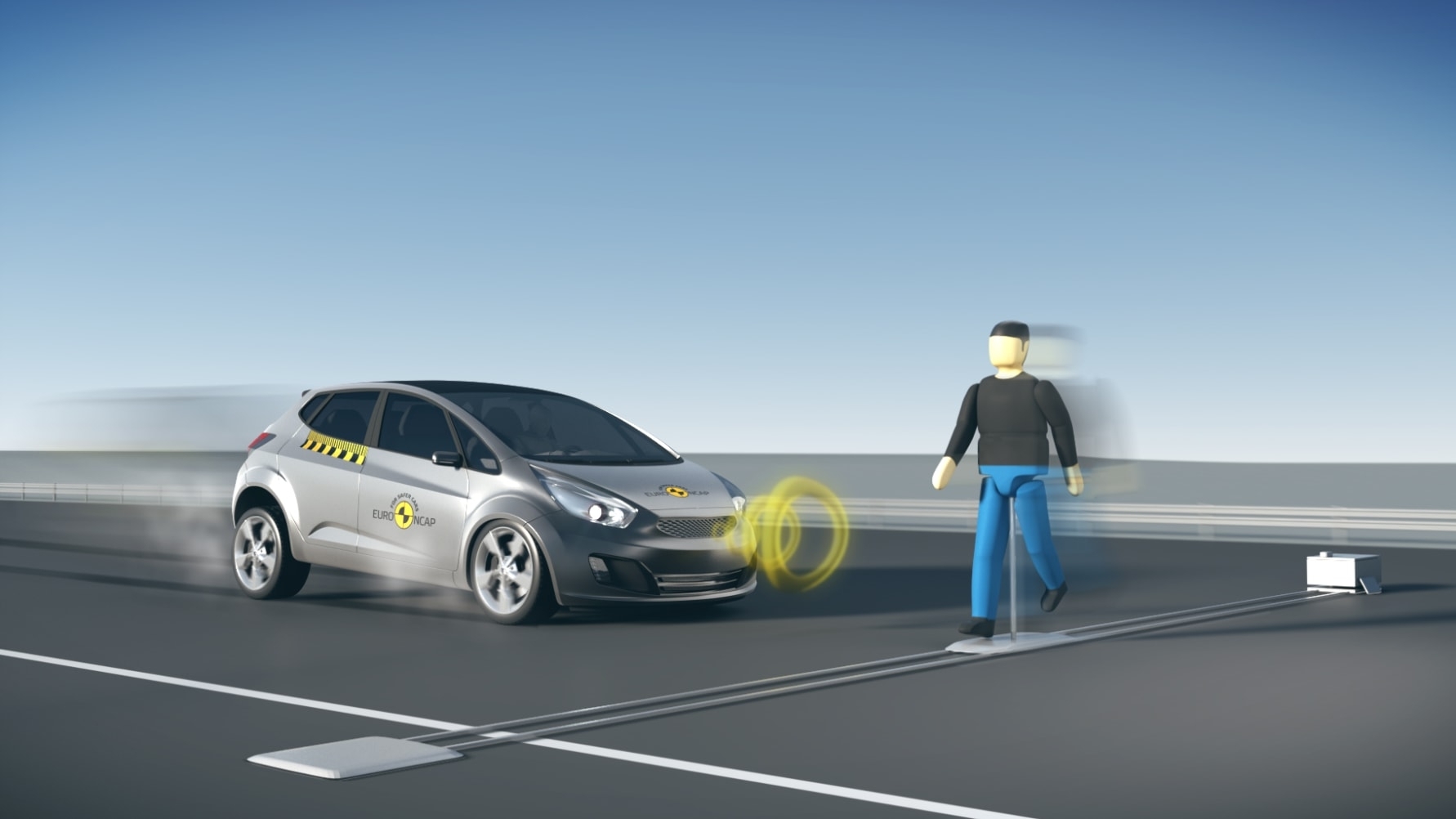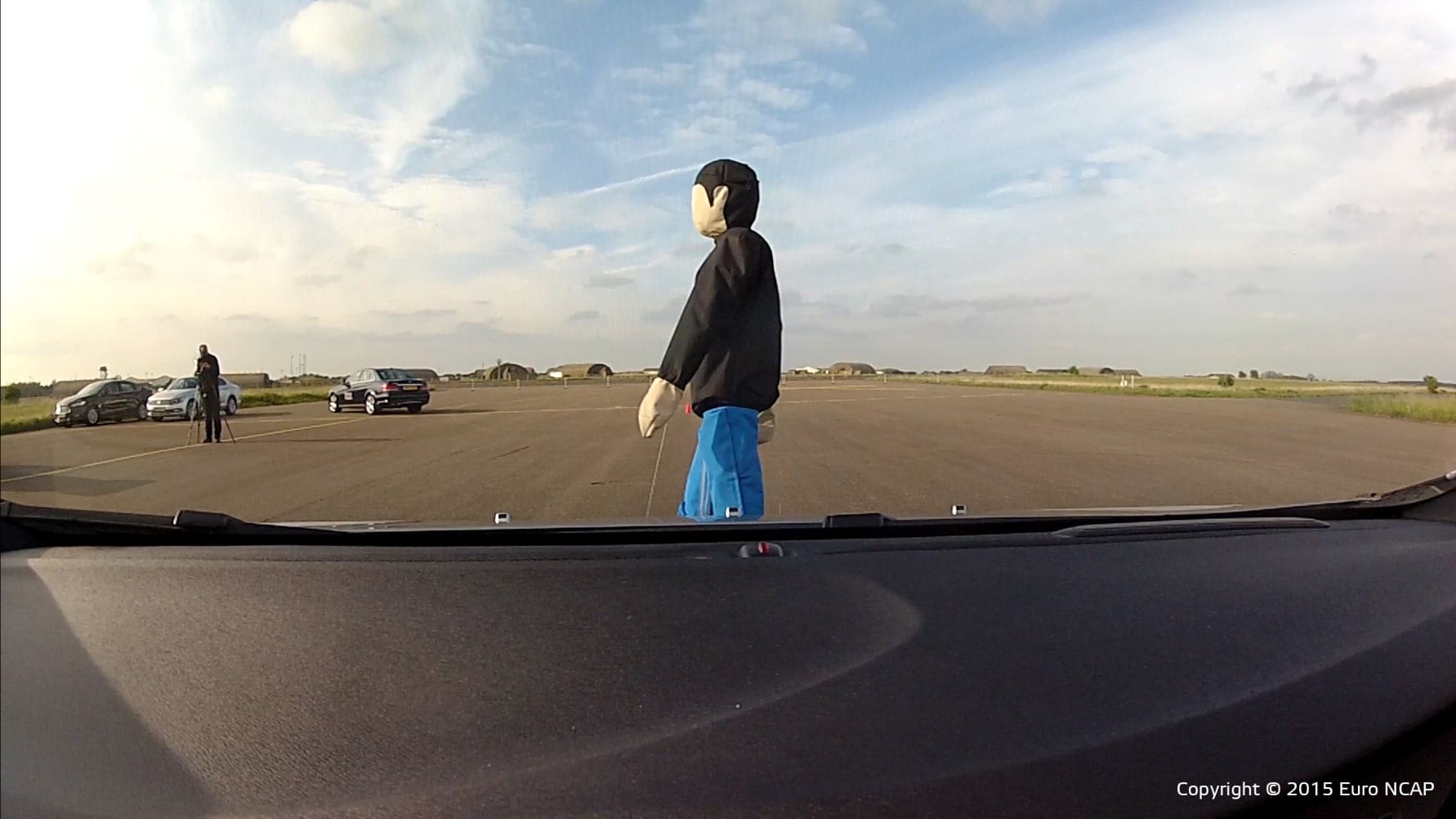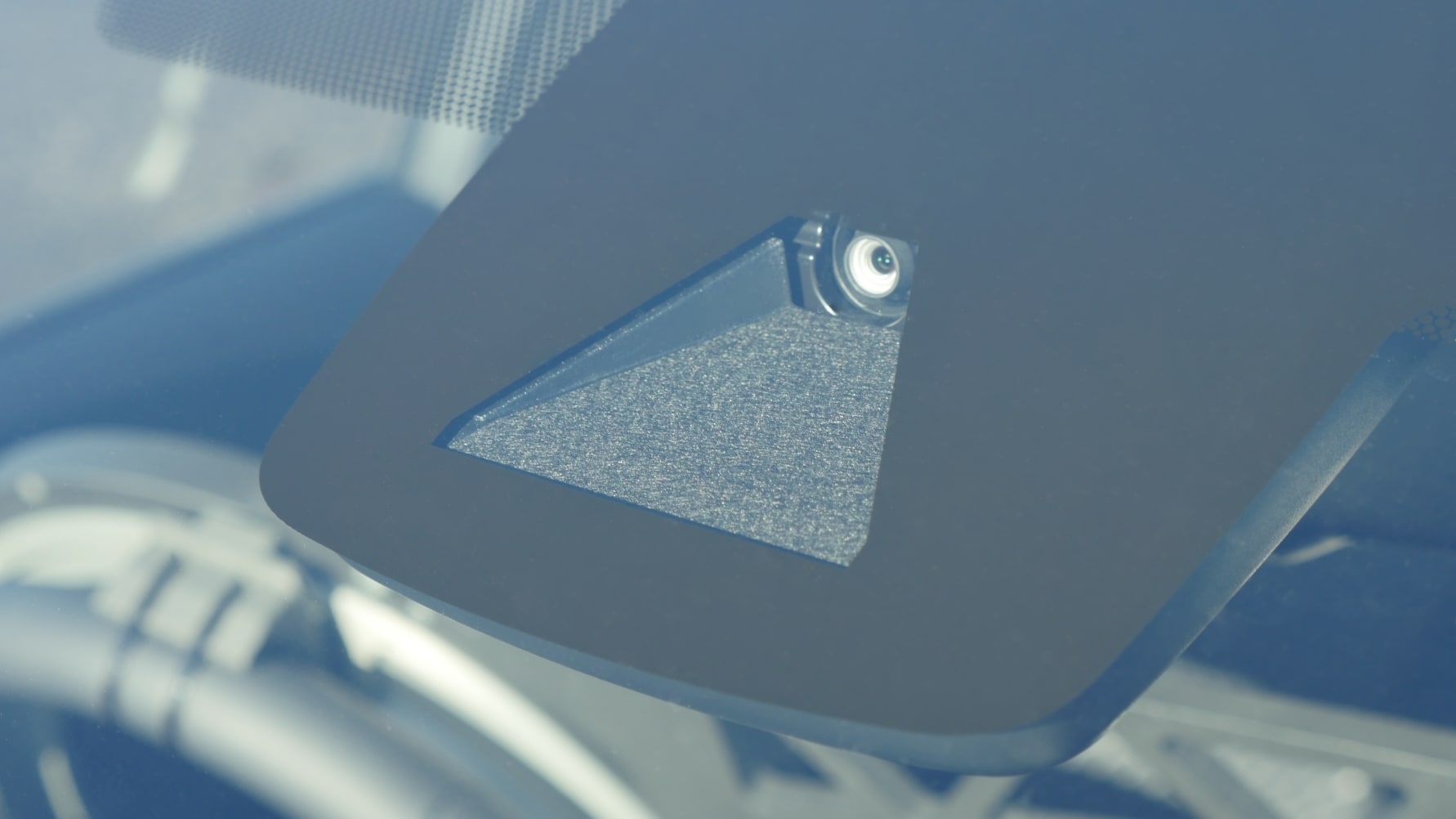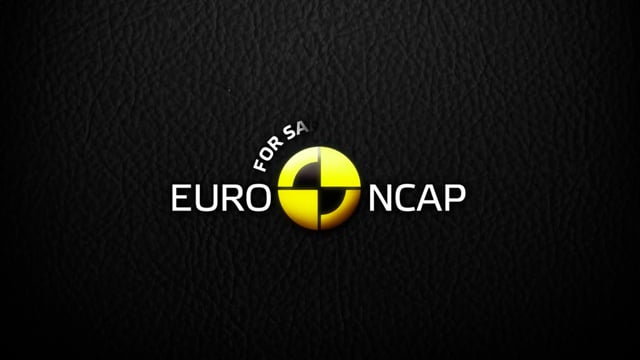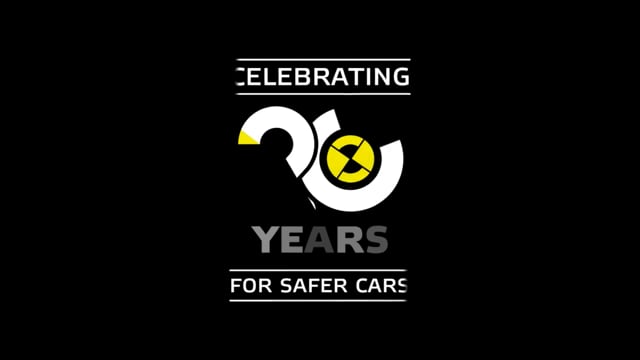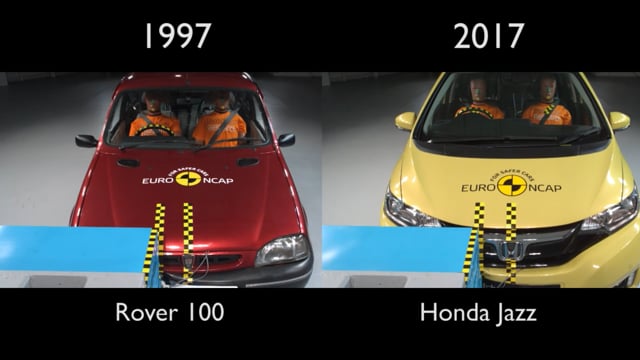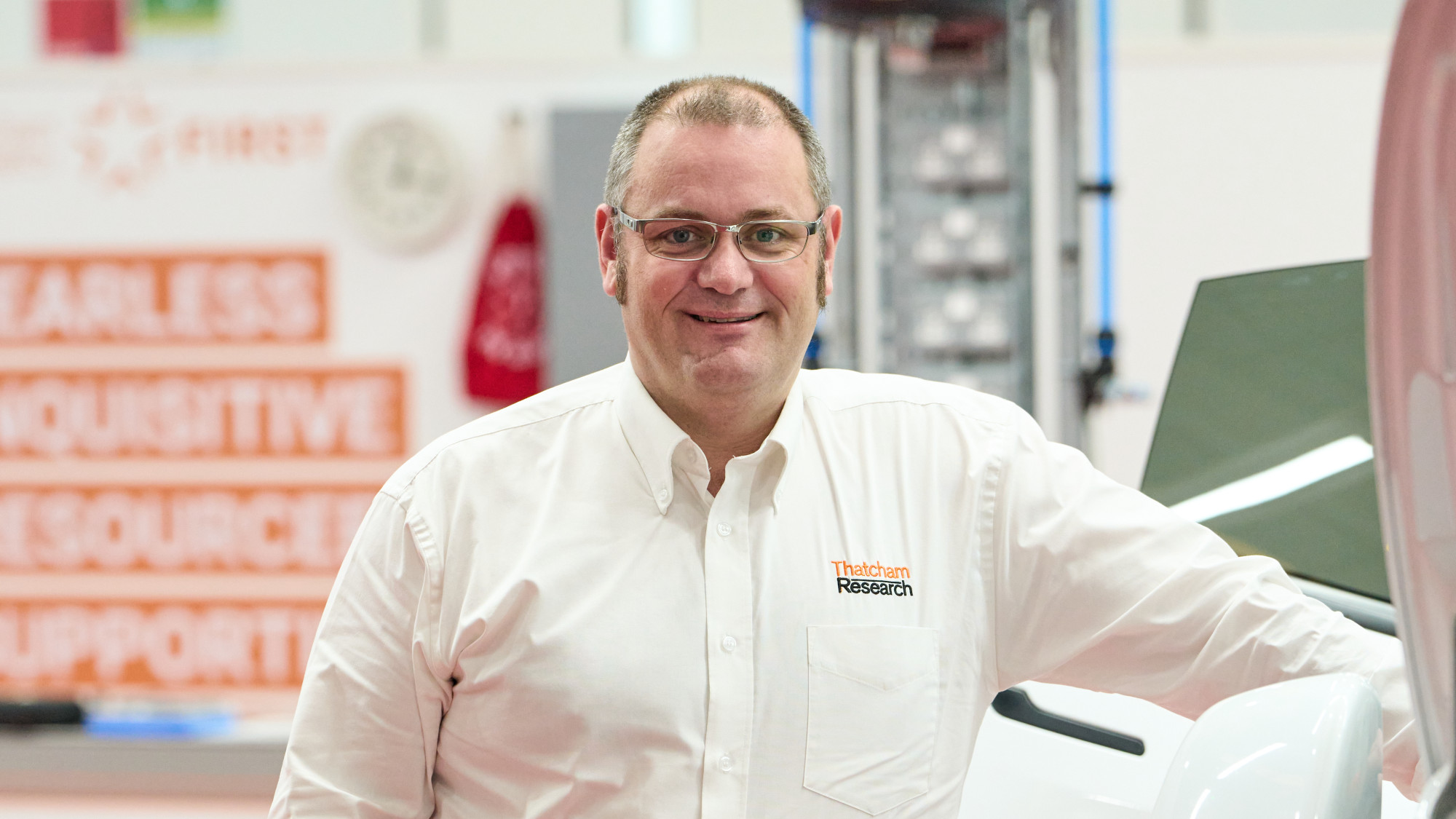Vehicle safety and repair expert, Thatcham Research has issued a new voluntary code of practice to provide clear guidance on the recalibration of vital car safety technology during the replacement or refit of windscreens.
The ADAS Repair Group*, led by Thatcham Research and including major companies active in automotive glazing replacement such as National Windscreens, Autoglass and Nationwide Crash Repair Centres, have this week issued the ‘ADAS Glazing Code of Practice’ aimed at addressing concerns around the level of industry knowledge relating to the recalibration of ADAS (Advanced Driver Assistance Systems) technology.
The code provides a recommended set of guidelines for replacing or refitting windscreens on vehicles fitted with ADAS sensors, whilst ensuring that the safety of the vehicle owner is not compromised in any way.
ADAS sensors and cameras are usually mounted inside the windscreen and provide a view of the vehicle’s immediate surroundings to enable a range of assisted driving safety features, such as Autonomous Emergency Braking (AEB).
Safety experts agree that this technology is fundamental to preventing crashes and saving lives; a report released by Euro NCAP in 2015 found that Autonomous Emergency Braking systems were responsible for a 38 per cent reduction in real-world rear-end crashes. Windscreen mounted ADAS technology is currently fitted to approximately 6% of vehicles on the road, although it’s thought that this figure could be more like 40% by the year 2020. However, without a robust process for recalibration, system performance could be adversely affected.
The step-by-step approach to recalibration covered by the new code includes the initial identification of different ADAS technologies; best practice for ensuring full and transparent communication with the customer; and a guide to calibration options, scheduling and pricing.
“ADAS systems have become an integral feature on cars, with motorists increasingly putting their trust in the additional layer of safety that this technology provides. It’s therefore of vital importance that drivers can retain that confidence following any sort of repair,” said Andrew Miller, Chief Technology Officer at Thatcham Research.
“This voluntary code of practice now provides the added assurance of a best-practice approach, to make certain that the car is returned to its owner with exactly the same level of safety protection as when it came in for repair and where for whatever reason that’s not possible, that the customer is provided with guidance on what they need to do to have the systems recalibrated”.
The ‘ADAS Glazing Code of Practice’ code can be accessed here http://www.thatcham.org/files/pdf/ADAS-CoP.pdf
